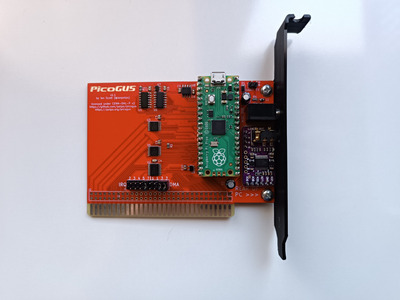Reply 360 of 845, by MJay99
Unless you already did that: I'd personally blindly go over all pins in a drag-solder way with a lot of flux, before I'd even start investigating much.
With a UART to USB adapter (at 115k baud) you could also attach to the pico and see if at least polpo's firmware comes up (this has actually helped me partly figure out what caused it to repeatedly crash on a differently routed card - seems that even slight noise on the reset line causes it to reboot).
If nothing of this helps and with an oscilloscope, you could check the activity on the pico's PIOs (maybe you can see which one isn't transmitting to/from the Pico.. but personally, I'd rather go and swap out the ICs part for part - that would be much less 'intelligent' usually but much quicker 😁
And btw: the issue could also be on the Pico side - a friend of mine somehow happened to create a bridge on the underside of the pico. Plus, there is also a slight possibility of a damaged Pico: I once had one with two broken IO pins.
And as always, of course, different people, different ideas and approaches... caveat emptor 😀



